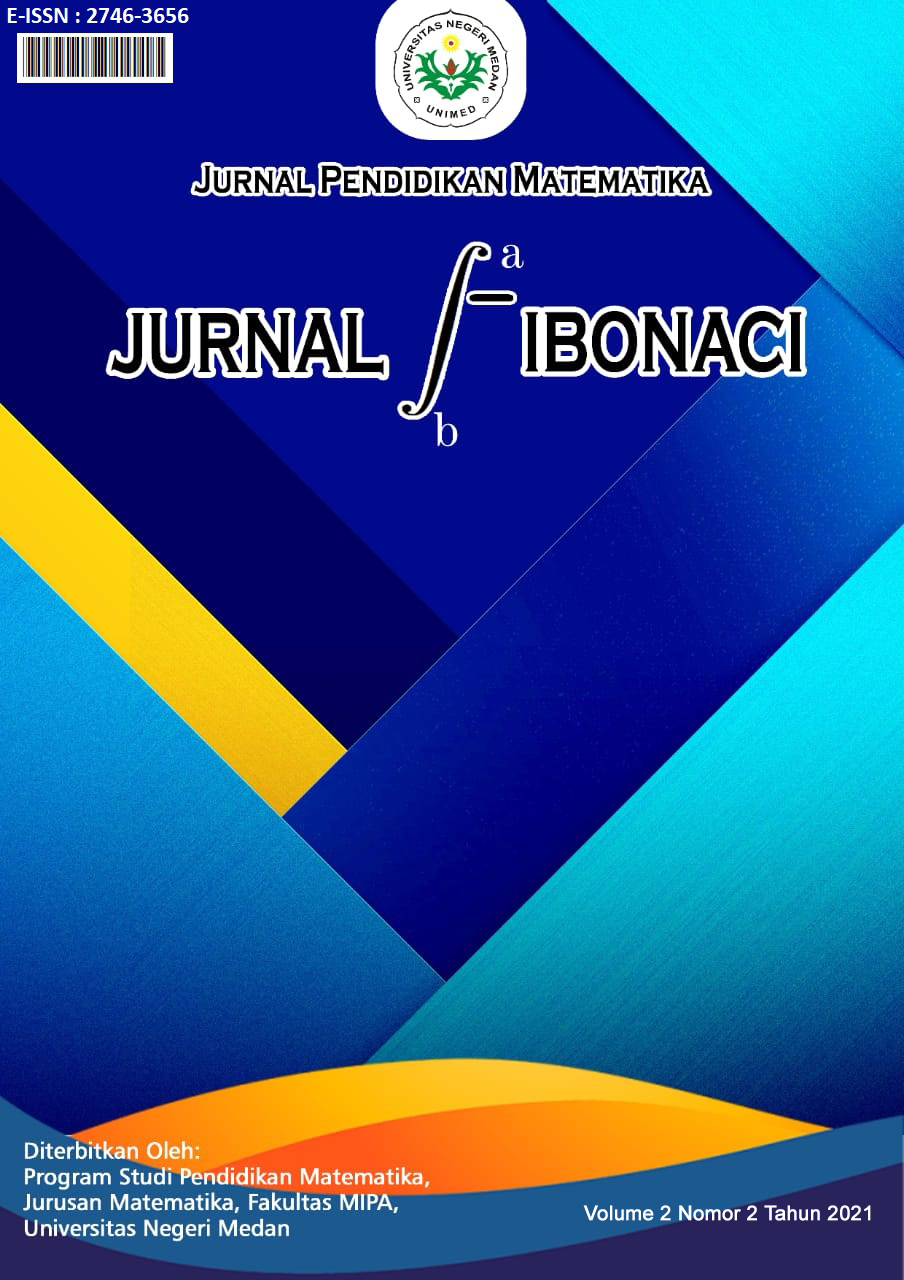A Systematic Literature Review : the Role of Classical Test Theory and Item Response Theory in Item Analysis to Determine the Quality of Mathematics Tests
Main Article Content
Abstract
This research aims to: 1) find out the role of Classical Test Theory and Item Response Theory in item analysis, and 2) find out the role of Classical Test Theory and Item Response theory on the previous research results regarding item analysis to determine the quality of mathematics tests. This research is qualitative research that uses Systematic Literature Review (SLR) as a research method. The research data is collected by documentation. The population of this research is all of the articles from the mathematics journal in the Sinta Ristekbrin database. While the sample is the articles that are obtained from screening. From this research, it can be seen that CTT and IRT play an important role in item analysis, both are commonly used theories and each has its own advantages and disadvantages. The selection of theories to be used in item analysis must consider the advantages and disadvantages of each theory. The indicators used in IRT are validity, reliability, parameter a (distinguishing power), parameter b (level of difficulty), and parameter c (false guess). Based on the results of data analysis, it is known that 8 out of 10 articles use indicators of validity, reliability, level of difficulty, and discriminatory power; 7 out of 10 articles used descriptive quantitative methods; all articles tell about the test form used except article 7 (A7) and article 8 (A8); the number of samples taken affects the implementation of each theory; and only 1 in 10 articles, namely article 10 (A10), provides an overall test quality conclusion
Article Details
Section
Articles

This work is licensed under a Creative Commons Attribution-NonCommercial-ShareAlike 4.0 International License.
Authors who publish articles in this journal agree to the following terms:
- Authors retain copyright of the article and grant the journal right of first publication with the work simultaneously licensed under a CC-BY-SA or The Creative Commons Attribution–ShareAlike License.
- Authors are able to enter into separate, additional contractual arrangements for the non-exclusive distribution of the journal's published version of the work (e.g., post it to an institutional repository or publish it in a book), with an acknowledgment of its initial publication in this journal.
- Authors are permitted and encouraged to post their work online (e.g., in institutional repositories or on their website) prior to and during the submission process, as it can lead to productive exchanges, as well as earlier and greater citation of published work (See The Effect of Open Access).
